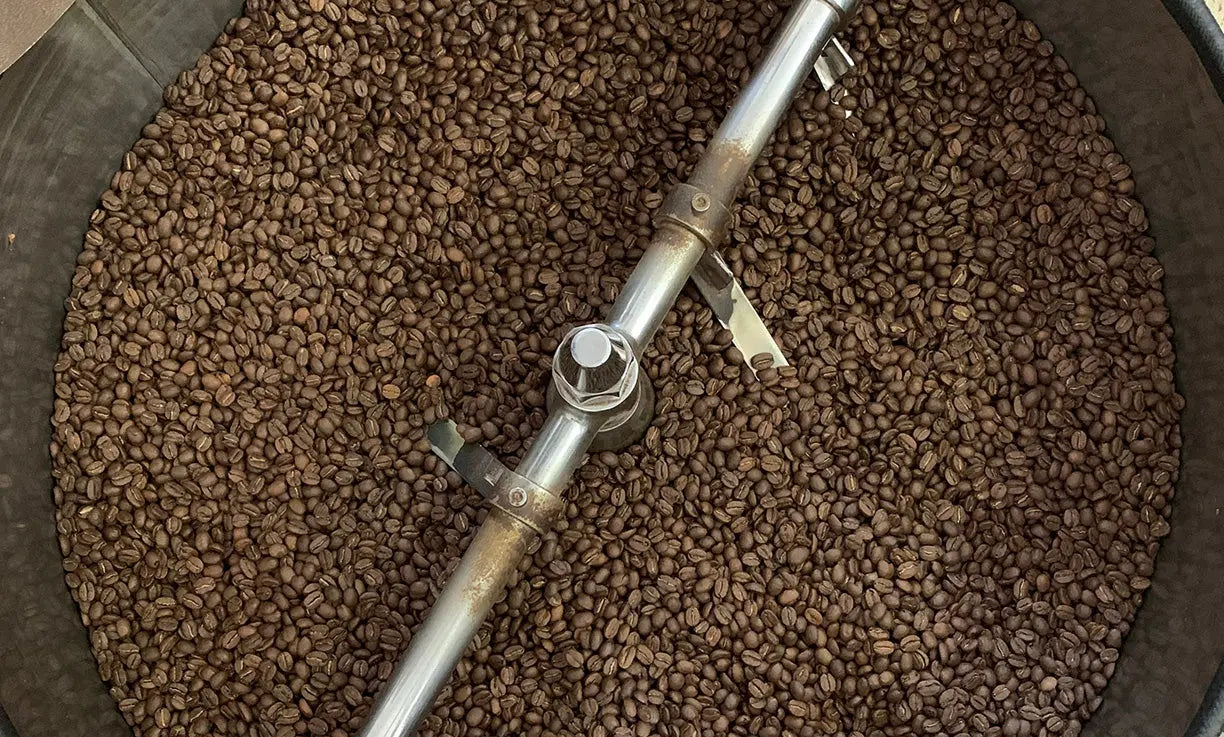Appreciating good coffee is not always about how it looks or where it has been bought from (yes, the origin matters, but there’s more to it!).
There’s something called a sensory profile that comes into play when you are trying to decide whether a coffee is worth its weight in gold. And this is how coffee producers go about assessing, altering, and grading their coffees.
What is a Sensory Profile?
You’ve likely heard of the term 'flavour profile' concerning coffee, which is the mix of tasting notes one can glean when drinking coffee.
A sensory profile is something similar but on a bigger scale. It comprises the aroma, the taste, and the feel of the coffee. These three factors ought to work in tandem to create a seamless experience for the coffee consumer.
Several variables affect a coffee’s sensory profile.

Some of them are the type of coffee beans, roasting method, duration of the processing, the origin of the coffee, etc.
How Do Roasters Identify This?
Coffee production may vary depending on the region, but every producer has their way of assessing the crop and fine-tuning steps in the process to alter the flavours of the coffee.
The purpose of assessing the sensory profile is not just to grade the coffee and ensure quality but also to determine the price that it can be sold for.
Terroir
You’ll soon learn why coffee-making is not just an art but a distinct science too!
One of the first indicators that roasters focus on while thinking of sensory profile is the terroir.
This is a French term that refers to a series of environmental conditions, which affect a crop’s makeup. Don’t worry; we’re not going to get into too much detail. But you should know that the terroir includes climate, soil, topography, surrounding plants, and so on.
Seems like too many variables, right? That cup of coffee you enjoy every day has had an even more flavourful journey.
The coffee producers then consider elements like rainfall, pests or any plant diseases. They even analyze the plot where the coffee has been grown to understand its characteristics, for example, the nutrient levels in the soil.
Even minute changes in the terroir affect the quality of the coffee.
With all of this knowledge forming the backbone of their assessment, roasters can deduce how each cup’s taste results from specific factors.
Coffee Cupping

Cupping is a technique of tasting brewed coffee. Also known as cup tasting, it is done by coffee producers and professional tasters, who are often referred to as Q Graders.
When tasting a sample of coffee, roasters evaluate the experience based on parameters relevant to olfaction and taste.
For starters, aroma, fragrance, aftertaste, and nose are all aspects that provide information about the vapours emanating from coffee.
You may be wondering what the difference is. Aroma has to do with freshly brewed coffee, whereas fragrance is about freshly roasted coffee.
The nose provides insight about what vapours a coffee drinker would identify when they are about to swallow the coffee, and the aftertaste is made up of the vapours that remain once the coffee is swallowed.
Similarly, body, smoothness & thickness are factors that contribute to the taste of coffee. The body has to do with how heavy the coffee feels.
Smoothness and thickness result from the presence of fats and suspended solids in the coffee, respectively.
This is just how some roasters go about identifying the sensory profiles in coffee.
We at Beancraft have also done a great deal of experimenting with different blends and flavour profiles.
If you are looking to enhance your knowledge of coffees, we highly recommend that you subscribe to our newsletter to get such coffee-related posts delivered straight to your inbox.

